
From Hawaii to Samoa: Tattoos That Have a Deeper Significance
It's clear that tattoos have become ubiquitous in today's society. Although the acceptance of tattoos has fluctuated over time, many individuals who spend significant time at tattoo shops expanding their collections often have personal stories behind each piece, particularly among Polynesians. The term "tatau," originating from the Samoans, is where the word "tattoo" comes from, as noted by Martin “Phats” Tevega, a Samoan tattoo artist from Maui, Hawaii, now working at Xodus Tattoo in South Jordan, Utah. He highlights that contemporary tattoo motifs prominently feature Samoan and Maori designs. Unlike common Western tattooing methods, tribal tattoo creation follows a distinct approach. In Samoan traditions, the patterns often symbolize various animals or natural elements, each carrying different meanings as ultimately determined by the person receiving the tattoo. "There’s no specific meaning," Tevega says. "A name and origin exist, but how you choose to use those designs is entirely up to you. You tell your own story in your own way." Having tattooed for 15 years, Tevega sees being an artist as his true vocation. "We create tattoos that help individuals remember their identity and roots," he shares. "Being part of that process is invaluable to me; it's about more than just financial gain."
Ku’u Kaho’ohanohano, another tattoo artist at Kanaka Tattoo in Kona, Hawaii, has always expressed herself through art and naturally gravitated toward Polynesian motifs. Her aspiration to become an artist stems from her ancestral influences and the wish to help preserve cultural traditions. “Following the illegal coup of the Hawaiian Kingdom in 1893, tattooing practices were outlawed and relegated to secrecy,” she explains. “Only in recent decades has our culture started to revive, and I felt called to contribute to this revival.” With a diverse clientele from various Polynesian backgrounds visiting her studio, Ku’u continuously educates herself on different Polynesian tattoo styles. In the early stages of her career, she spent three years studying with cultural mentors and gaining hands-on experience to master tattooing fundamentals. Currently, she relies on books and client input to craft tattoos that are unique to each individual while honoring tradition. “We have a plethora of books that cover various cultures,” Ku’u’s partner and co-owner of Kanaka Tattoo, Makanani Colomban, states. “Tahitian, Samoan, Tongan, and Filipino all fall within the broader Polynesian culture, so we strive to be knowledgeable about each to best serve our clients.” Colomban also observes that many clients who work with Ku’u find healing through tattoos rich in cultural significance. “When clients receive tattoos tied to their heritage, they often express feelings of grounding and connection to their lineage,” she notes. “Some have shared with Ku’u that it's a spiritual experience, feeling as if the tattoo has always been a part of them.”
The anticipation surrounding a tattoo is just as critical as the tattooing process and the end result. Ku’u mentions that after reviewing reference images with clients, she engages in deeper discussions concerning their values and mo’olelo (story). “It’s about finding balance, showing respect, and sharing mana (power) during the process,” she adds. “Hawaiian tattoos are more than mere artwork; they represent our roles, relationships, and responsibilities and connect us to our ancestors.” Given the highly personal nature of Polynesian tattoos, a strong trust must exist between the artist and the client.
WNBA Minnesota Lynx forward Alissa Pili experienced this essential trust with her tattoo artist, Lui Talo, based in her hometown of Anchorage, Alaska. Talo had previously tattooed several of Pili's family members, making it an easy choice to collaborate with him on her leg sleeve. “I sat down and shared my idea of three flowers intertwined with tribal patterns,” she explains. “The flowers add femininity; focusing solely on tribal elements might appear more masculine. I wanted a blend that reflects my identity.” Pili feels a profound connection to her culture through the permanence of her tattoo, which she takes immense pride in. Initially smaller than the finished piece she now showcases during games, Pili has returned to Talo over time to expand her tattoo. “As I matured, I wanted it to become a defining element so that when people see the tribal patterns on my leg, they recognize it as a representation of my Polynesian culture, particularly in relation to basketball and being in the public eye.” The complete tattoo was finalized around the same time she graduated from the University of Utah and was drafted into the WNBA. In retrospect, she perceives her tattoo as emblematic of various life stages: when she first received it, she appreciated its aesthetic and the connection to her tattooed aunts and uncles. However, as the artwork grew, she found deeper intentionality in her choices.
Tevega was only 16 when he received his malofie (known as a pe’a for men
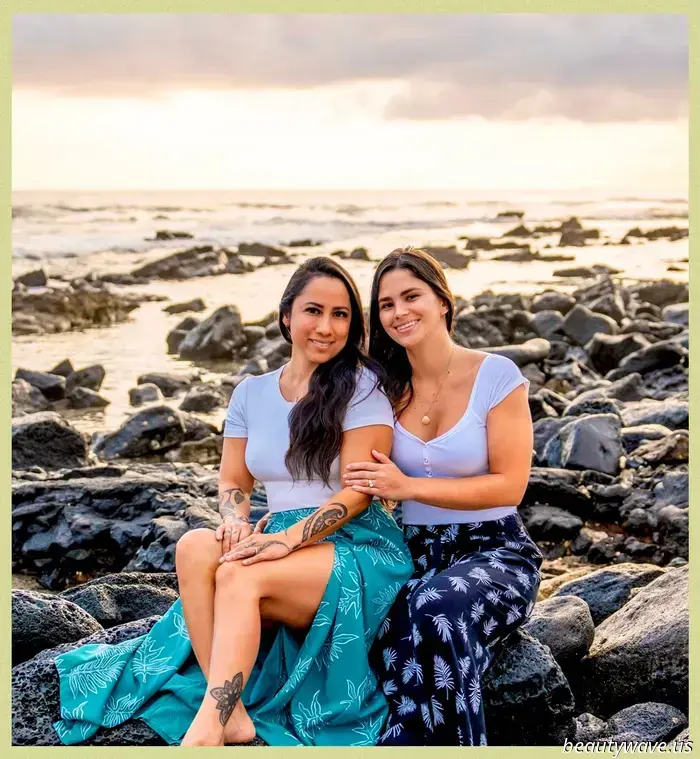
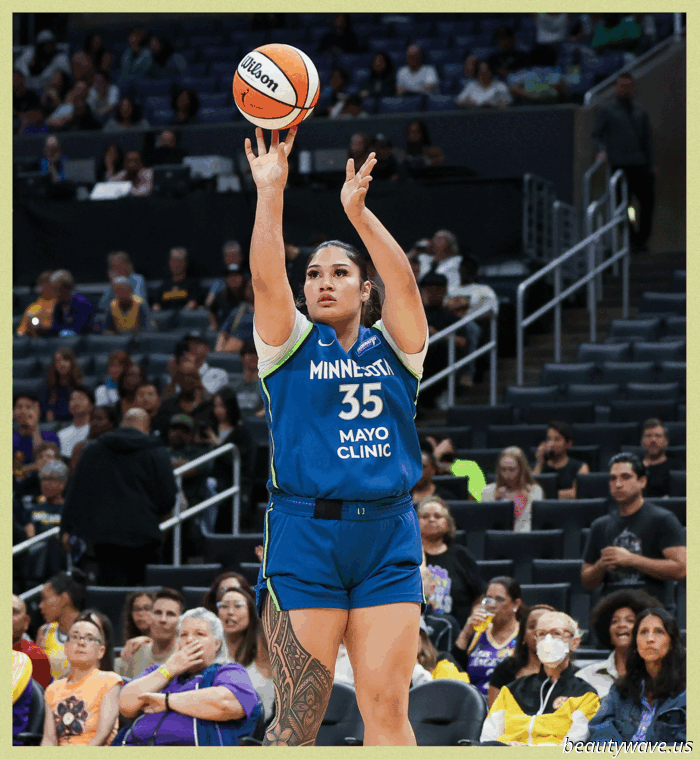


Other articles
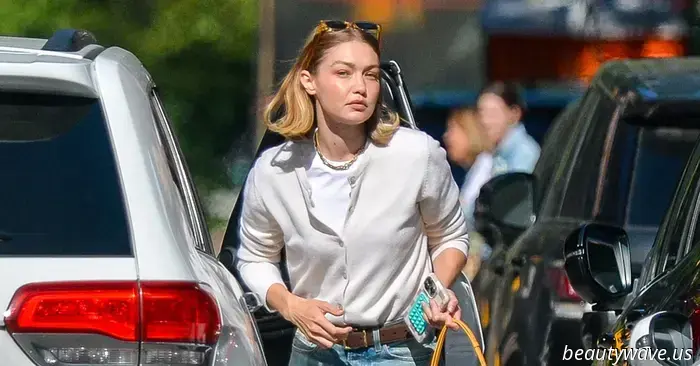 If you're wearing jeans and a white t-shirt this summer, consider replacing this outdated sneaker color trend with this alternative.
If you're looking for summer sneakers that aren't in white, black, or tan, you'll definitely want to check out the vibrant pair that Gigi Hadid just showcased.
If you're wearing jeans and a white t-shirt this summer, consider replacing this outdated sneaker color trend with this alternative.
If you're looking for summer sneakers that aren't in white, black, or tan, you'll definitely want to check out the vibrant pair that Gigi Hadid just showcased.
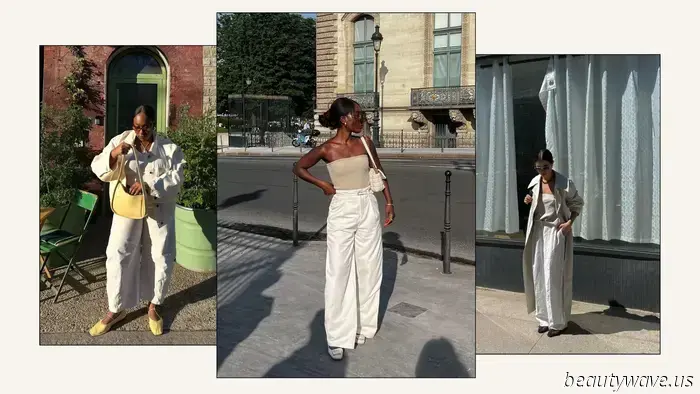 Is it just me, or are all the trendy girls now combining ballet flats with this anti-denim pant trend?
Is it just me, or are all the trendy girls now combining ballet flats with this anti-denim pant trend?
 Stars and good deeds: Anastasia Tuyunda became a partner of a large Charity concert
Stars and good deeds: Anastasia Tuyunda became a partner of a large Charity concert
On May 27, a large-scale charity concert of the Brant School of Music was held at the MosProduser concert hall, with the support of VK. The event, which has become a tradition on the eve of Children's Day, brought together not only young talents, but also Russian pop stars, combining music, care and support for those who especially need it.The concert turned out to be a bright and touching event, where not only…
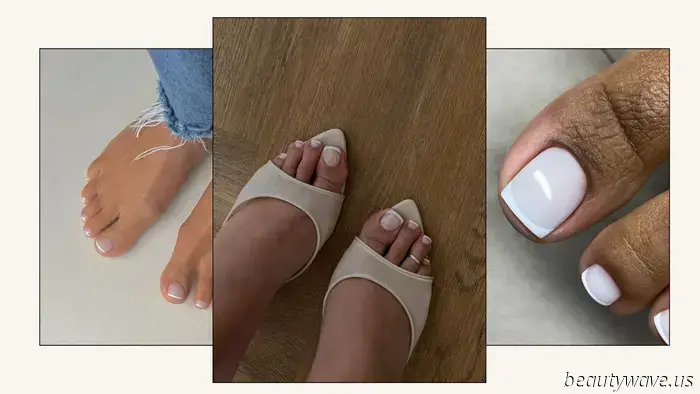 I retract everything I previously stated; *this* is the most stylish pedicure I have ever encountered.
I need to give this a shot as soon as possible.
I retract everything I previously stated; *this* is the most stylish pedicure I have ever encountered.
I need to give this a shot as soon as possible.
 Zara Has Just Released Its Most Elegant Summer Capsule—9 Items That Are Likely to Sell Out Quickly.
My favorite collection so far.
Zara Has Just Released Its Most Elegant Summer Capsule—9 Items That Are Likely to Sell Out Quickly.
My favorite collection so far.
From Hawaii to Samoa: Tattoos That Have a Deeper Significance
Tattoos play a significant role in Polynesian culture. Continue reading to learn from Samoans and Hawaiians about the significance of tattoos in their lives and their historical background.
